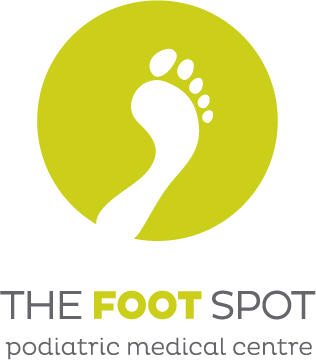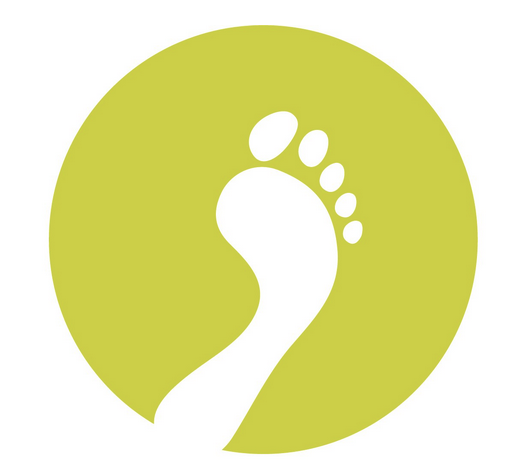How to choose the right shoe?
The most common thing I hear from patients is that a shoe is simply a shoe. The Dunlop Volley is just as good as the expensive athletic shoe – this quite frankly just isn’t true. All shoes are “specific” to activities. For example I do not recommend my patients play tennis in a running shoe, nor do I recommend they run in a tennis shoe. The shoe itself must be sports specific. The day of the “cross trainer” is simply over, if in fact it ever had its day in the first place!
What sport do I need the shoe for? Possibly the single most important question you need to answer when buying a shoe. The force which goes through your lower limb when playing different activities changes – in saying this it is only logical that the shoe translating that force to the ground should also change. For example: RUNNING is a “sagital” plane sport. This means you generally run straight ahead with very little sideways or “transverse” plane movement. When you run there can be easily 3-5 times your body weight distributed via your feet in a sagital plane. The shoe must assist with translating this force (which could be upwards of 500+kgs) successfully to the ground to allow movement. In stark contrast TENNIS is a predominately side to side or “transverse” plane dominant sport, which incorporates faster or more sudden movements as well as lunges, jumping and twisting. The forces during tennis differ greatly in their translation to the ground than those during running – hence so the shoes themselves specific to each activity should differ.
Keep it simple – playing tennis? Get a court shoe. Playing football? get a football boot. Running a half marathon? ……you get the idea…..right!
In any sports category there will be thousands of shoes. For example your local shoe store will have over 150+ shoes just for running. How do you know which one is right for you?
Generally if you need to be specific about footwear or you are injured/trying to prevent an injury, I recommend you seek professional advice from your local Podiatrist before attempting to purchase your new shoes. This can prevent wasted money, frustration and unnecessary travel to and from the shoe store.
However there are some general pieces of advice or rules you may follow if you have no problems. These are simple:
Ensure the shoe has a firm heel counter. This is the bit at the back of the shoe where your heel sits. The top of it can be cushioned and soft but the part that connects to the shoe should be firm enough that you cant push it or bend it. It should be made of a firm plastic.
If you are running/walking only ensure the shoe bends at the toe level of the shoe. To do this pick the shoe up and bend it in your hands. It should bend where your toes bend. Also try to bend it in the middle – walking/running shoes should not bend through the mid section, if you can fold a shoe in half – don’t purchase it! The only exception to this rule is tennis/court shoes. They can have some more flex through the mid section of the shoe and are generally stiffer at the toe section. This is to accommodate the specific mechanics of your foot during those sports and is acceptable.
Twist the shoe – shoes should have minimal torsion through them – they should feel stable and solid when moving them around in your hands. Don’t be afraid to use some force when testing them – you won’t break them – keep in mind they have to take 3-5 times your body weight so they should be very strong!
Heel lift – its always best to ensure the shoe has a slightly higher heel than at the front of the shoe. In most shoes a 10-12mm increase is normal. There is some data emerging about lower heel or segment heights and some companies have reduced their heel heights to 6mm. Personally at this point I do not see the need for this however as research improves in this area so might our recommendations.
Shoes should always have some form of fastening device – laces or velcro doesn’t make any difference. This holds the shoe firmly to the foot preventing slip and abnormal movement. Elastic laces are suitable in some cases – for example triathletes who use them to improve speed during transitions, however for the general athletic population these are not recommended.
Personally I have a list of favorite shoes I like to recommend for patients – it changes yearly depending on the manufacturers designs. Of course clinically I am a lot more specific for individuals, especially children.
Please note I am not endorsed, sponsored or paid by any shoe company or shoe store to promote specific shoes. It is always worth asking your Podiatrist if they have any conflicts of interest with these types of organizations as “cash for comment” does occur.

